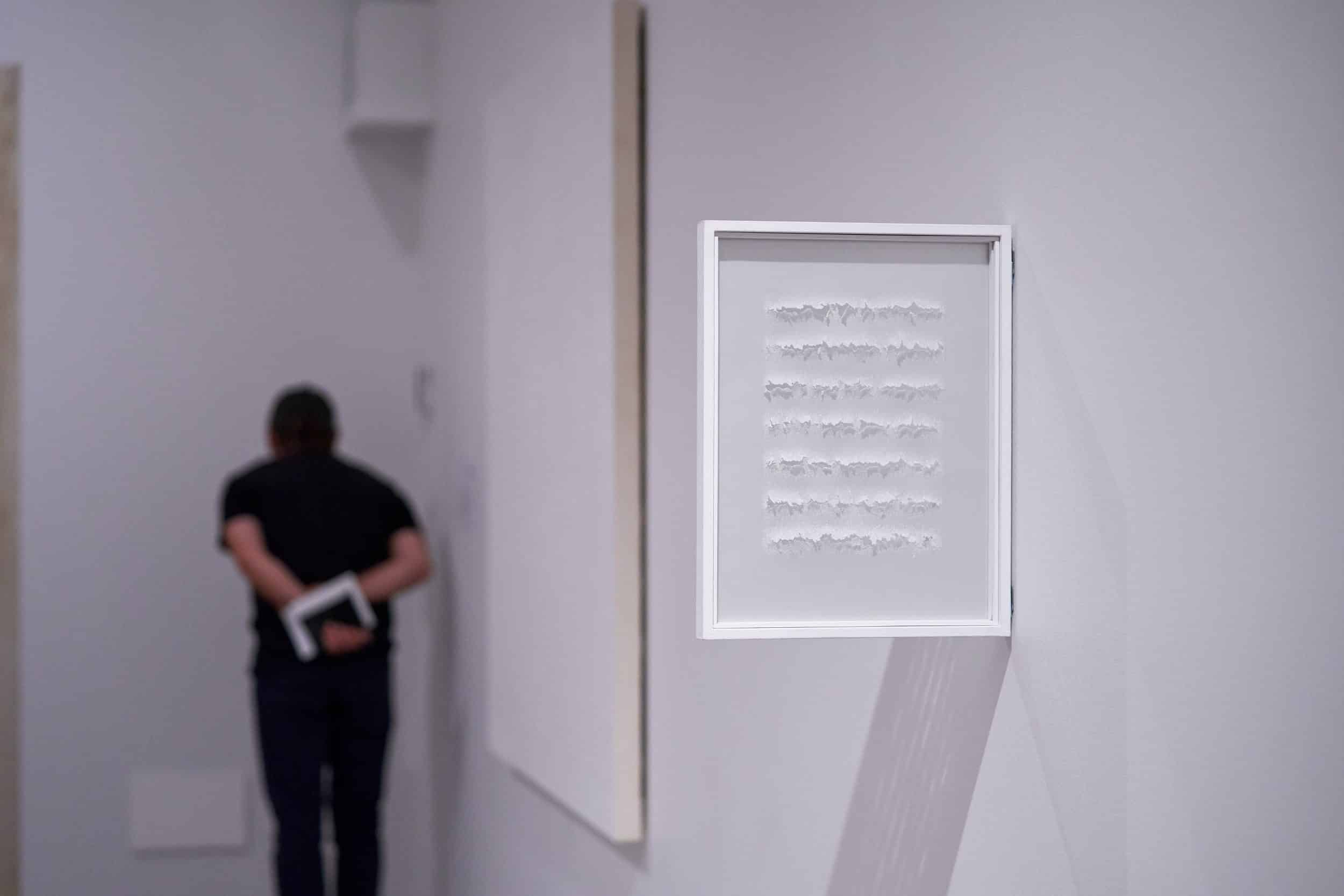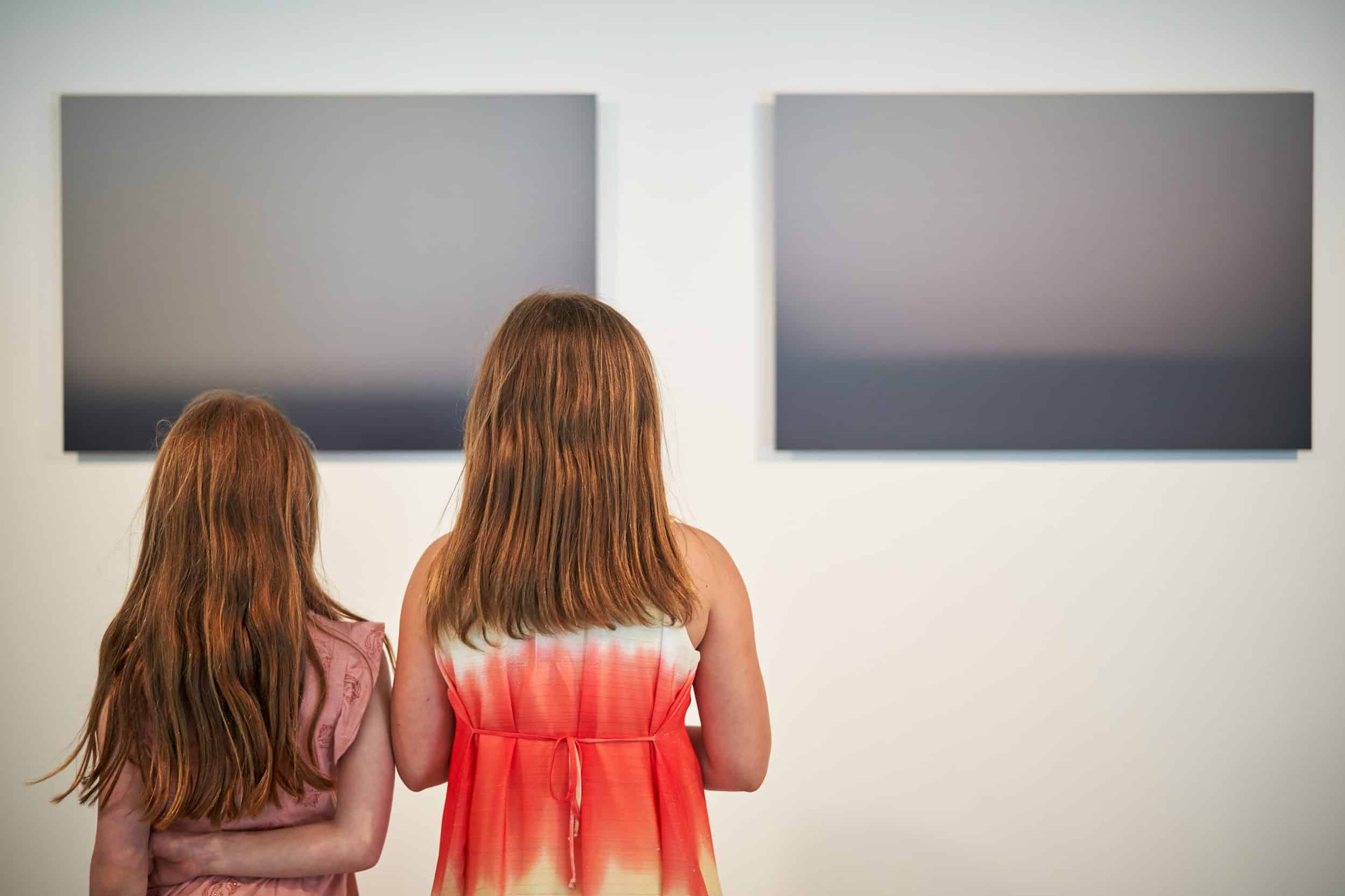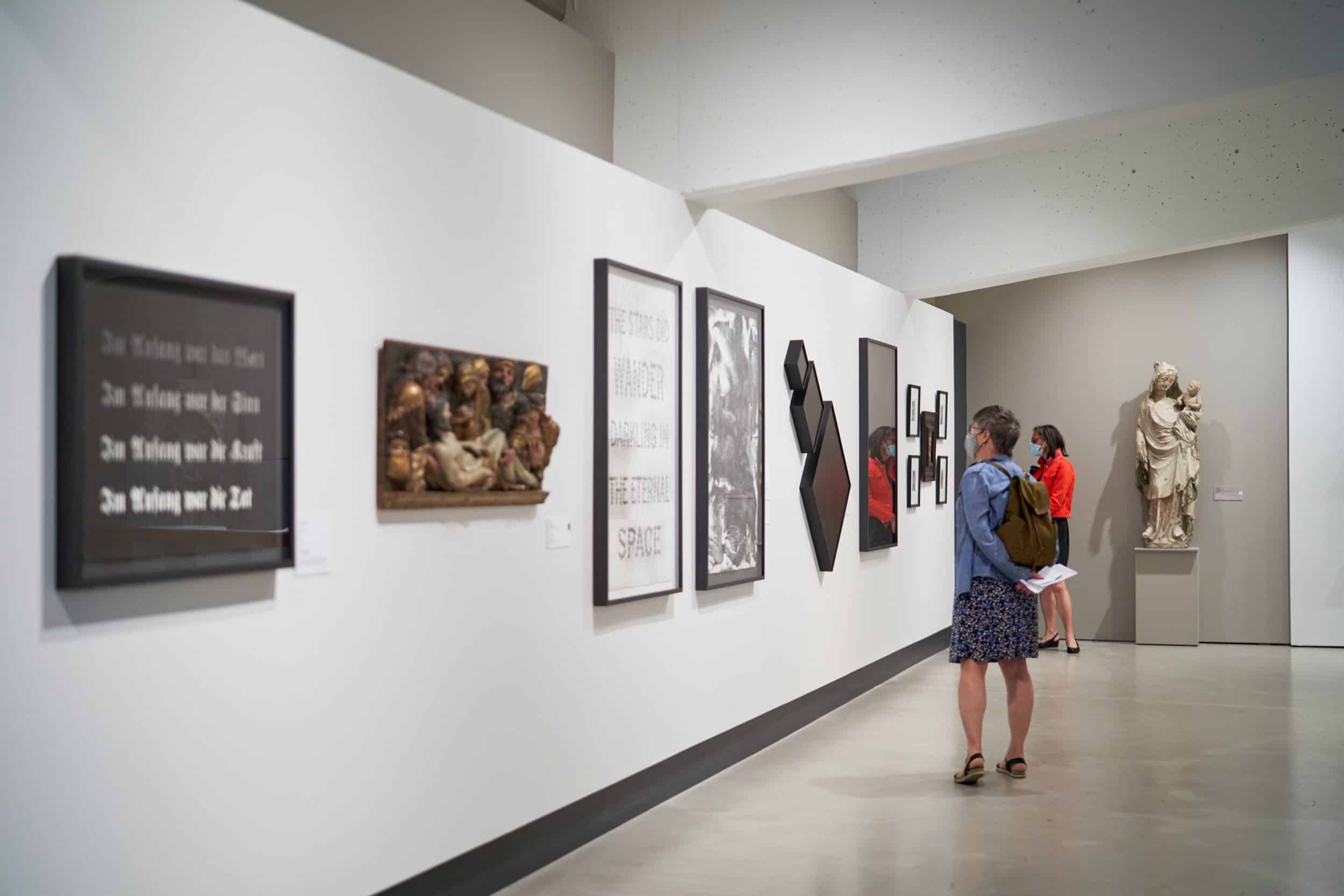About —
Choosing the Musée d’art de Joliette’s (MAJ) collection for a summer thematic exhibition is like reaching into a gift bag. It means discovering its strengths and weaknesses. It also means noting that these collected works, even the most recent ones, stem from the issues of the day and the influence of individuals who gravitated and continue to gravitate around the institution, thus facilitating the admission or refusal of works or artifacts into the collection.
But what is the purpose of a museum collection? What does the MAJ collection reveal about the institution’s identity and history? What are its needs? What relevant direction can we give it today? The four exhibitions presented here and on the 3rd floor have taken the MAJ collection as their source material in an attempt to answer these and many other questions. As evidence of the collection’s idiosyncrasies and history, this programming is part of an ongoing exercise in critical thinking on the collection’s path so far, and on the trajectory it should follow in the future.
Where should a dialogue with the collection begin? The best approach is to talk to the people who work with it every day. Chloé Desjardins, one of three artists invited to engage with the collection, began by asking the museum’s staff to choose an object from the vault that spoke to them on a personal level. Polyphonic in nature, the exhibition takes the form of a creative investigation that reveals some of the hidden aspects of the collection’s history, from its foundation by the Clerics of Saint-Viateur to today.
A museum collection is often built around the work of major artists—the canons of art history—and the categories inherited by Western modernity. Martin Désilets reveals the traditions of Western art through four pictorial genres: landscape, still life, portrait, and the most recent, abstraction. After photographing the works on view in the galleries and on the vault’s painting racks, Désilets superimposed them by category, an exercise that ultimately erased the uniqueness of each painting. I will allow myself to offer my own interpretation here by suggesting that the blurring effect caused by this layering is like an allegory of the revisionism currently at work within museums—our view has become saturated and we must refresh our approach. This complex process involves moving beyond the Euro-centrist foundations the art world has been built on and establish other bases that are more inclusive and respectful of the diversity of creative voices across the entire globe.
And finally, Salvific features a selection of works by 26 artists, including one duo, that have been acquired over the past several years. Grounded in the ideal of gender parity, it reflects the first in a series of actions taken toward diversifying the collection. But many rectifications still need to occur and other gaps must be filled. While the challenge of dealing with the unique reality of the MAJ is significant, the people responsible for making change happen are already at work.
Julie Alary Lavallée
Collections Curator
Musée d’art de Joliette
Image in the banner
Views of the exhibitions of Chloé Desjardins, Martin Désilets, and Carl Trahan, and the group exhibition Salvific, Musée d’art de Joliette, 2021. Photo: Romain Guilbault.






